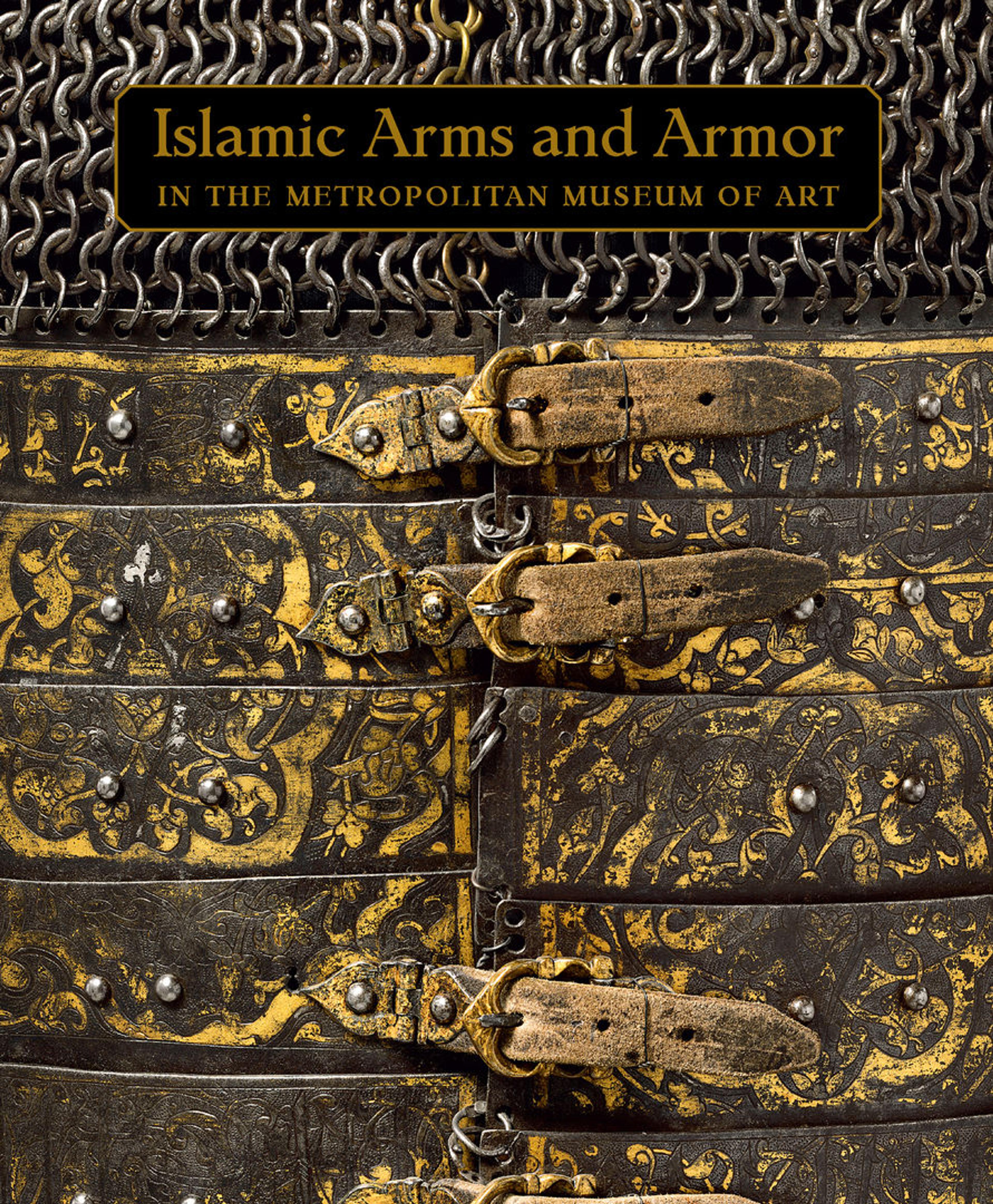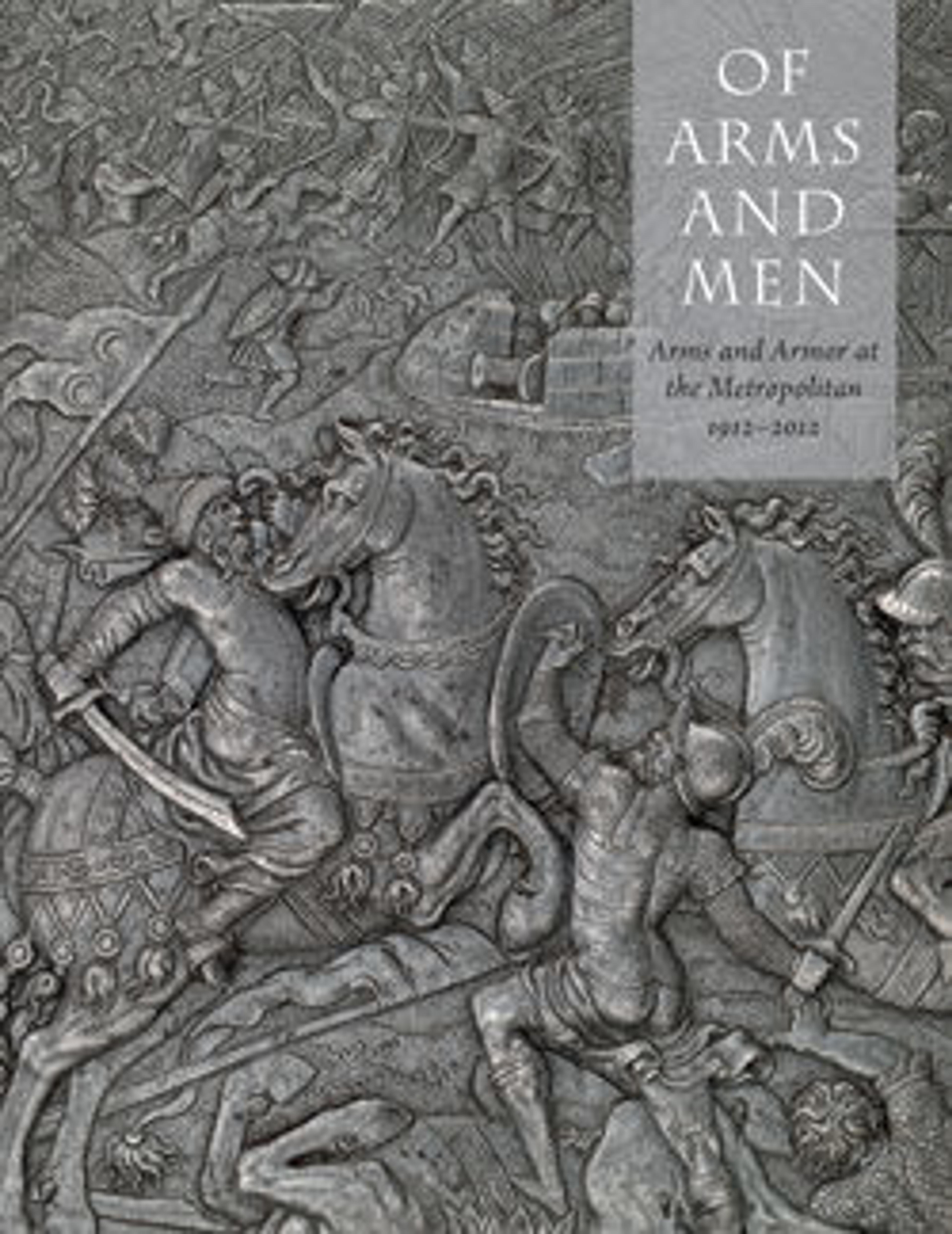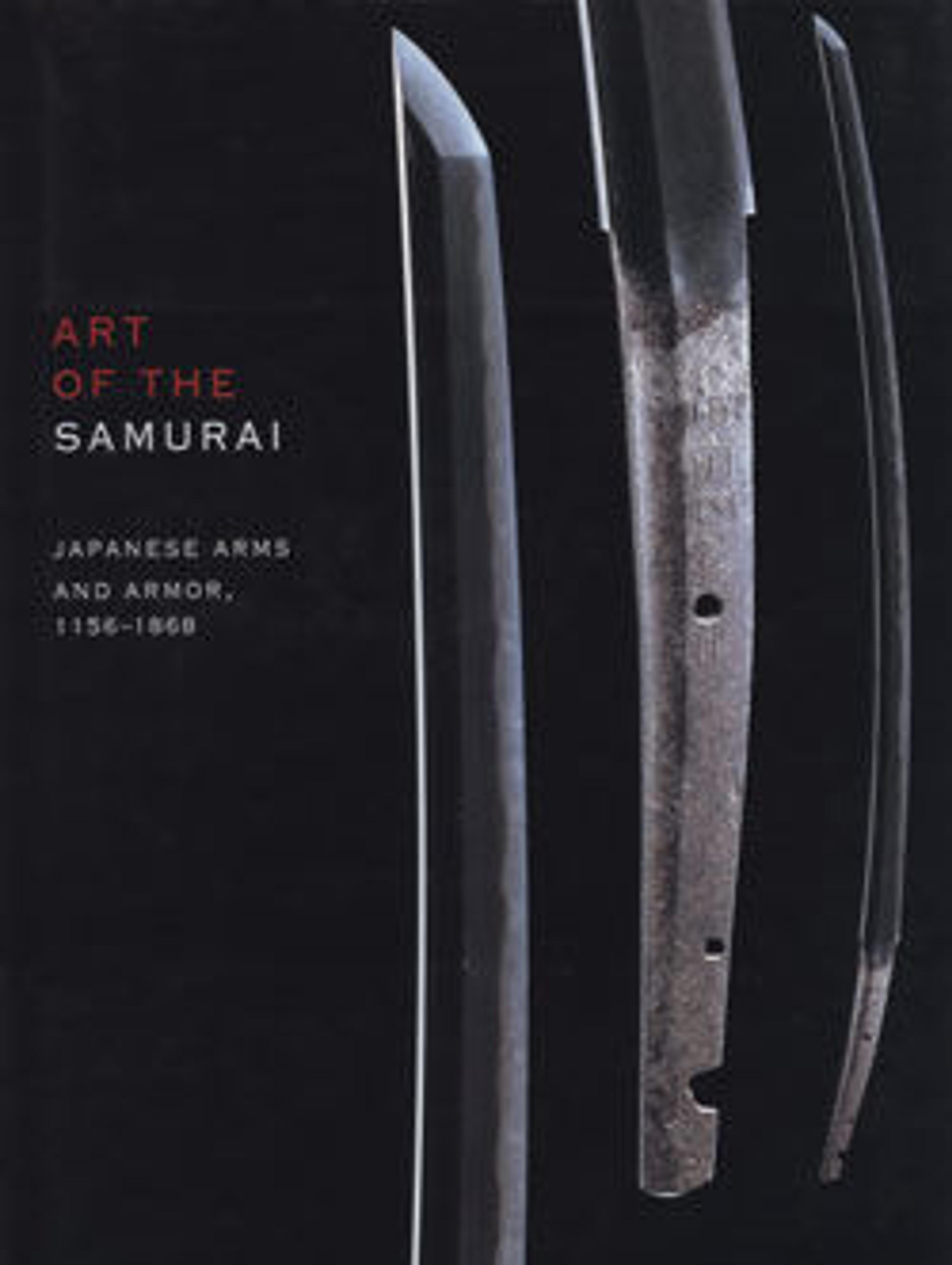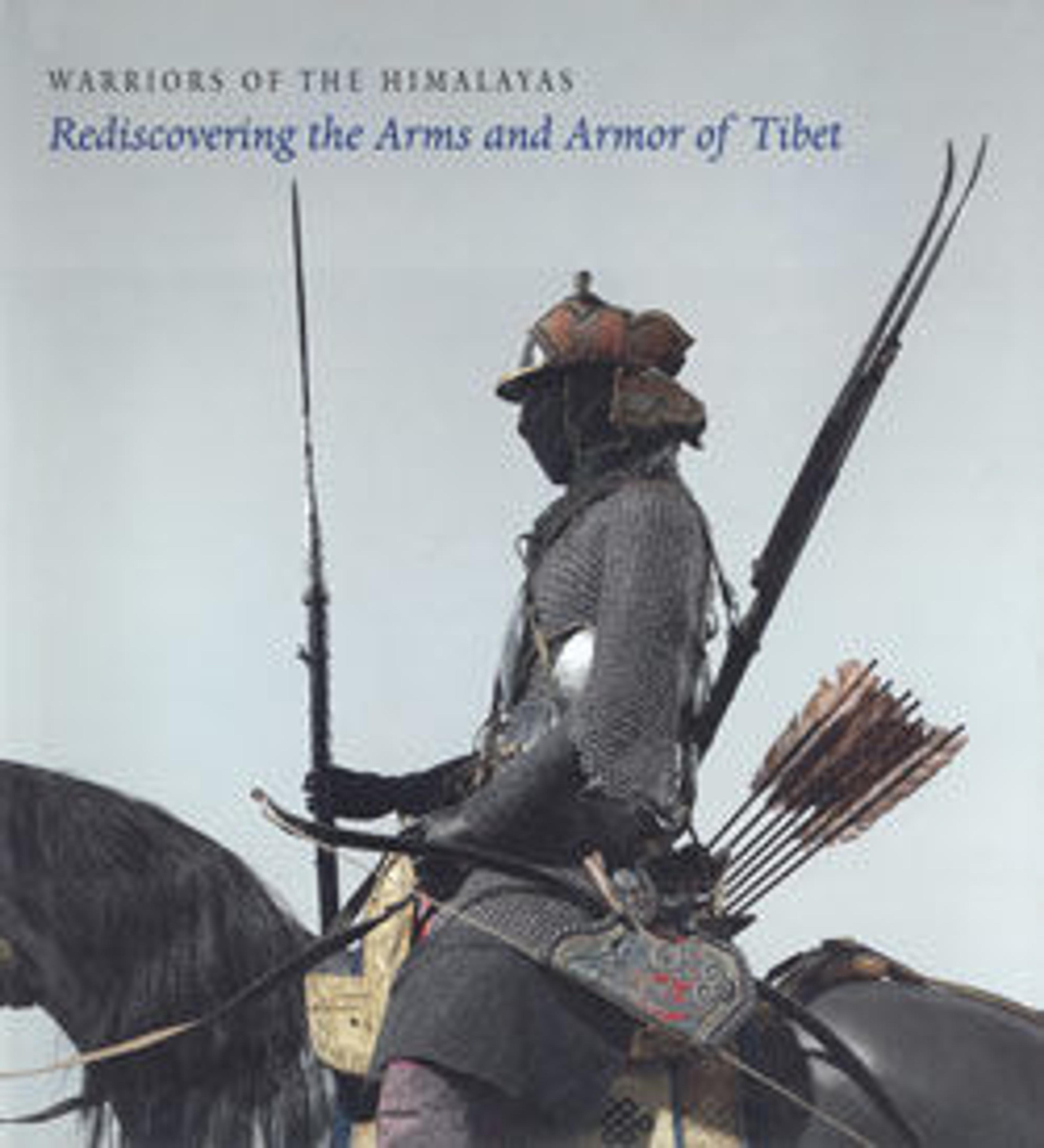
Islamic Arms and Armor in The Metropolitan Museum of Art
Armor and weaponry were central to Islamic culture not only as a means of conquest and the spread of the faith, but also as symbols of status, wealth, and power. The finest arms were made by master craftsmen working with the leading designers, goldsmiths, and jewelers, whose work transformed utilitarian military equipment into courtly works of art. This book reveals the diversity and artistic quality of one of the most important and encyclopedic collections of its kind in the West.
The Metropolitan Museum's holdings span ten centuries and include representative pieces from almost every Islamic culture from Spain to the Caucasus. The collection includes rare early works, among them the oldest documented Islamic sword, and is rich in helmets and body armor, decorated with calligraphy and arabesques, that were worn in Iran and Anatolia in the late fifteenth century. Other masterpieces include a jeweled short sword (yatagan) with a blade of "watered" steel that comes from the court of Süleyman the Magnificent, a seventeenth-century gold-inlaid armor associated with Shah Jahan, and two gold-inlaid flintlock firearms belonging to the guard of Tipu Sultan of Mysore.
Presenting 126 objects, each handsomely photographed and richly documented with a detailed description and discussion of its technical, historical, and artistic importance, this overview of the Met's holdings is supplemented by an introductory essay on the formation of the collection, and appendixes on iconography and on Turkman-style armor.
Met Art in Publication
You May Also Like
Press the down key to skip to the last item.
Citation
Alexander, David G., Stuart W. Pyhrr, and Will Kwiatkowski. 2015. Islamic Arms and Armor in the Metropolitan Museum of Art. New York: The Metropolitan Museum of Art.




